FX.co ★ What technologies will be available in Russia in the next three years
What technologies will be available in Russia in the next three years
The mandatory part, which should be executed in 2018, is the legalization of self-executable transactions. But, above all, it is necessary to clearly define in which areas of law and for which transactions this will be applied. And one more separate question - what is the maximum impact to allow such "smart" contracts.
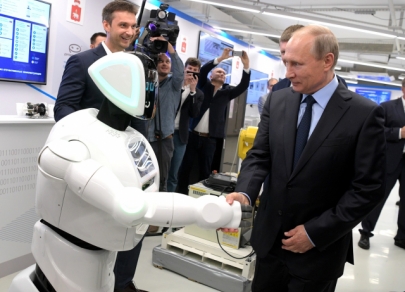
As early as December this year, the software of the so-called Swarm Intelligence is expected to become available. With the help of software, it will be possible to control a large number of drones at once. The development has already found use in agriculture. By the end of the next year, special copters for irrigation, pollination, and fertilizer will be put into serial production.
The program for piloting drones will be useful to a wide range of industries.
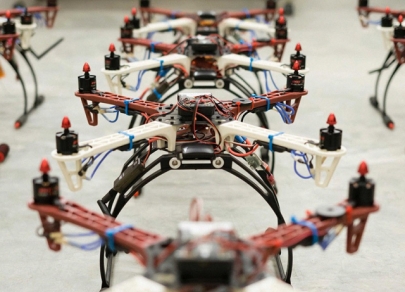
Earlier, in the autumn of 2018, the emergence of a law that will allow the use of the blockchain echnology in intellectual property is expected. Moreover, this is a matter of all kinds and objects, even the digital environment (for example, complex three-dimensional information models). In the future, the platform will be able to replace the outdated collective management system. Two years later, the blockchain should become the basis of the "digital trust" of the EAEU countries.

The employees of banks, shops, and offices can lose their job, because by the end of 2020 the possibility of replacing people with humanoid robots will be seriously considered. They will understand the Russian language, and thanks to a special technology of speech recognition, industrial robots will "understand" the voiced commands . Business sees its following benefits: saving costs of hiring and training employees, minimizing the risks related to the human factor.

Quantum computers and communications will be able to solve problems that standard supercomputers would take thousands of years to do, and the communication networks with quantum protection should be resistant to decryption and crack. It is planned to develop such networks by December 2020. Security services, world banks, and the corporate sector would particulary be in need of them.
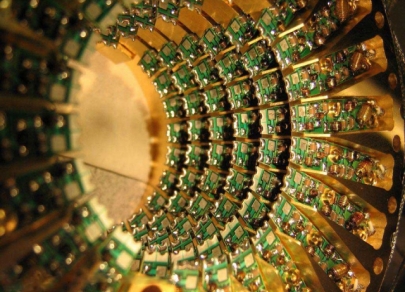
Automobile concerns are already actively trying to use the 5G mobile networks, capable of transmitting data at speeds greater than 10 Gbps, in their developments. In September 2019, the 5G communication technology will be tested by five sectors of the economy. One of the tests will be conducted in a million-person city. Radio frequencies for high-speed networks will be available to communication providers by December 2020.
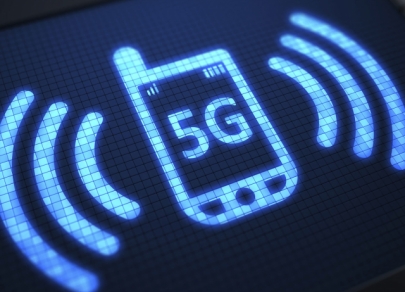
Medicine is also about to undergo changes. By December 2019, the technology, thanks to which artificial intelligence will process medical scans, should become available. The quality of the work should be commensurate with the work of a qualified physician checking the CT and MRI scans. It is expected that this will reduce the likelihood of a medical error. In the picture: medical data processing (a Fourier transform).
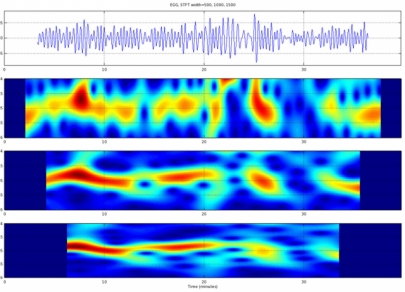
Another innovation of 2020 will be the control over the dissemination of personal data. Any resident of Russia will be able to see when the data was used, and to prevent unwanted dissemination. This can be done with the help of a new information resource which remains to be developed under the control of the Ministry of Communications and Roskomnadzor.
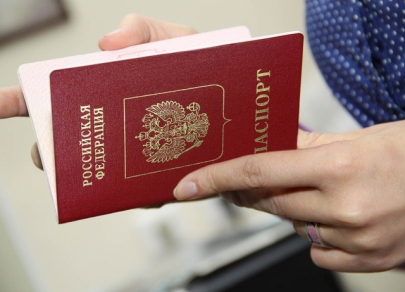
By December 2020, Russia should become one of the world's leaders in biometric authentication by face and voice. This will be available for state services and commercial use (branchless banking). For which the mechanisms of cryptographic data protection and the authentication process, besides the recognition technologies, would also be needed.
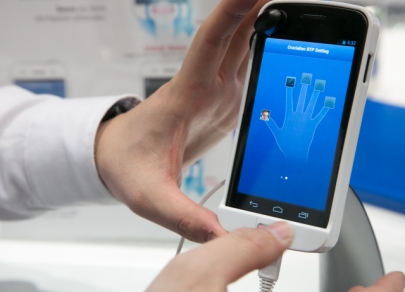
The development, which is to appear in 2021, is a constructor of virtual reality. It will be easier for both companies and concerned citizens to develop their own product . The platform will be able to integrate with movement tracking devices, glasses, and the virtual reality libraries.






















